Shiretoko Peninsula
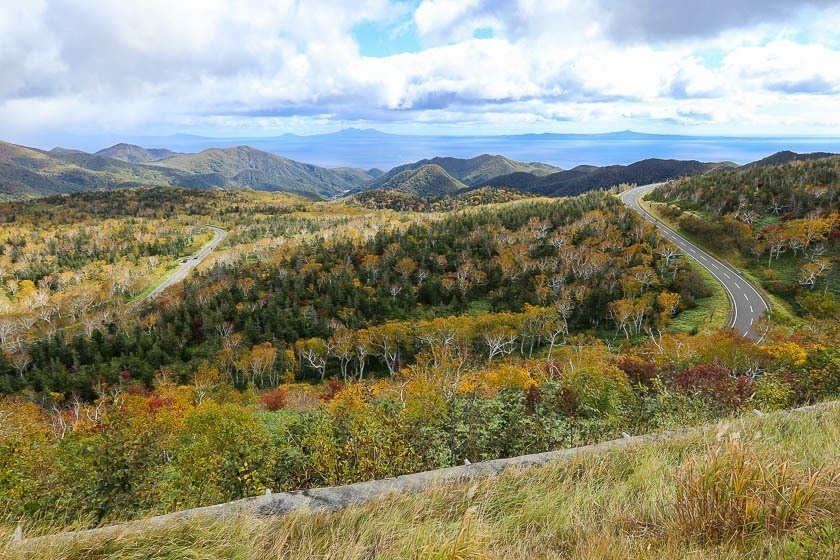
The Shiretoko Peninsula can be considered as one of Japan's last surviving wilderness that has largely remained untouched by humans. Located at the northeastern end of Hokkaido, the peninsula has a large population of wildlife including bears, foxes and eagles on land, and whales and dolphins in the surrounding sea. Unlike most peninsulas where there is a road leading to the cape, the tip of the Shiretoko Peninsula can only be accessed via a multi-day hike which crosses staggering cliffs, and depending on the tide, wading through the sea or by boat.
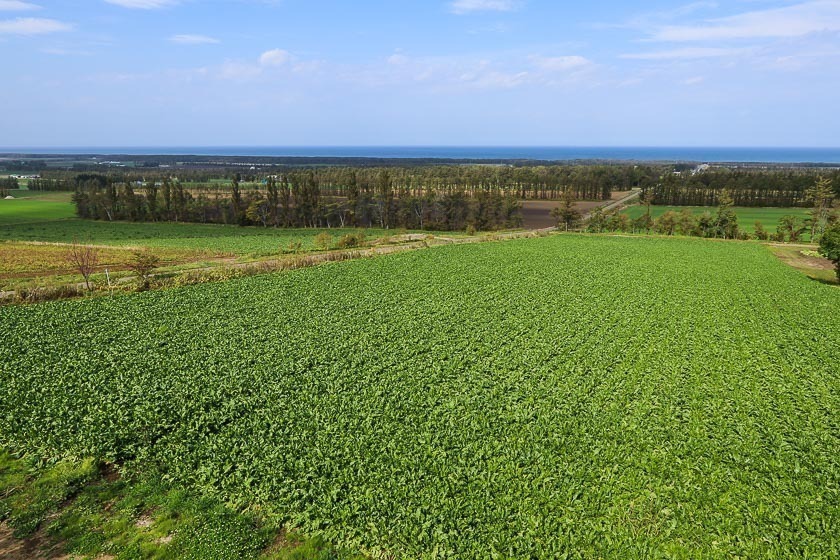
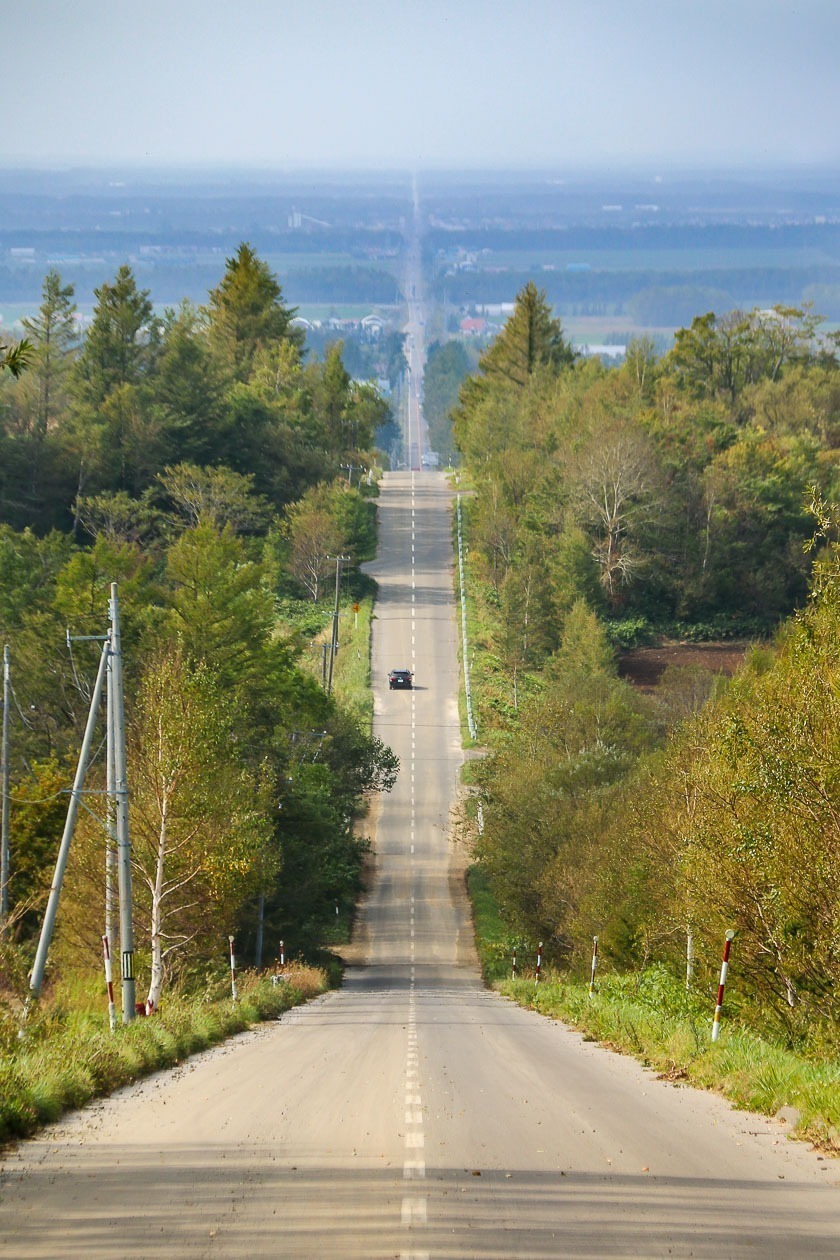
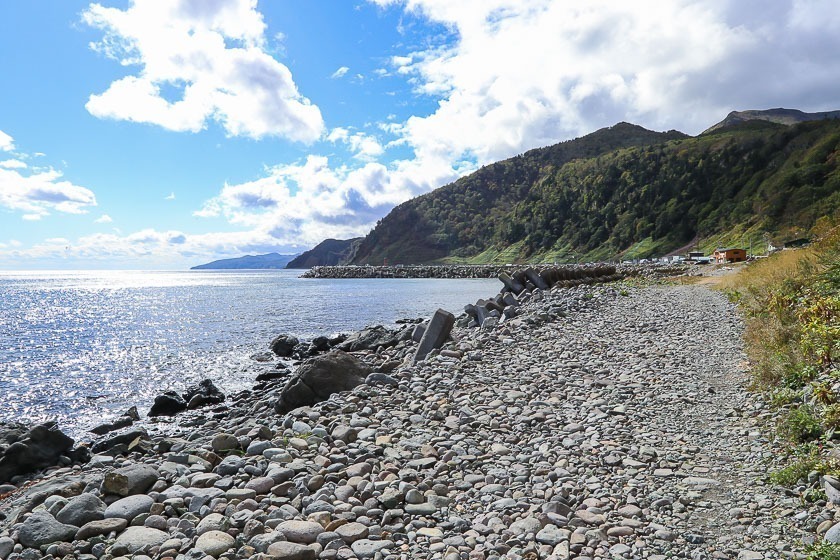
The Shiretoko National Park covers almost 80 percent of the peninsula, and that is where the majority of the wildlife can be found. Shiretoko is known as bear country, and that reputation should not be taken lightly. Wildlife can be usually seen up close along the road or in the woods alongside. Visitors should not assume that these wild animals are tame and go near or feed them as the animals may attack if threatened or provoked. There are about four visitor centers on the peninsula that offer up-to-date information about the area as well as local wildlife and also double as a base for those planning to head further inland.
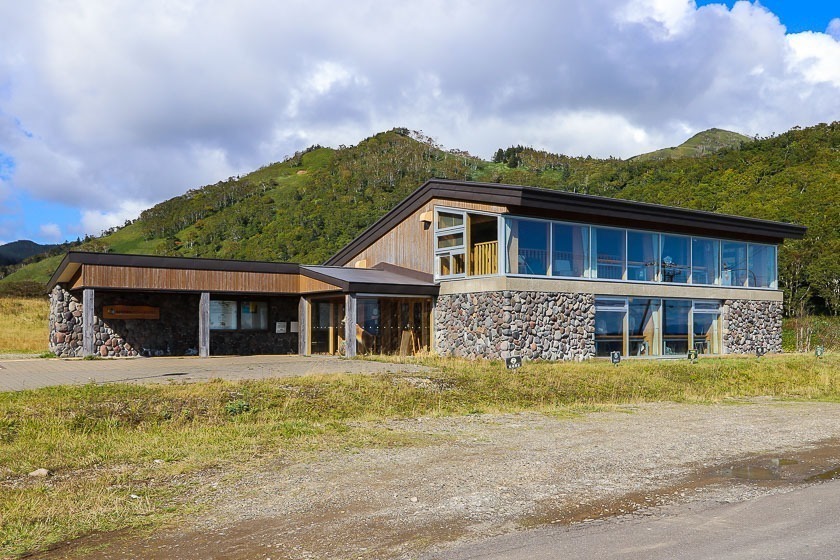
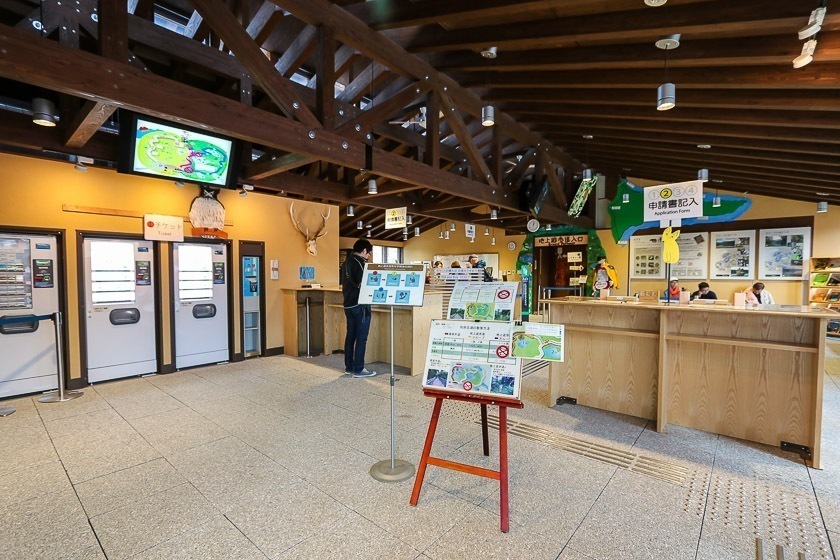
Warning and information signs on animal interaction (more like how not to interact with wildlife) can be seen in many places on the peninsula. It is imperative to take caution so that this precious wilderness can be preserved for future generations, both wildlife and humans, to enjoy. With that in mind, I headed into the last frontier (alongside tour buses and other visitors) to get lost in nature.
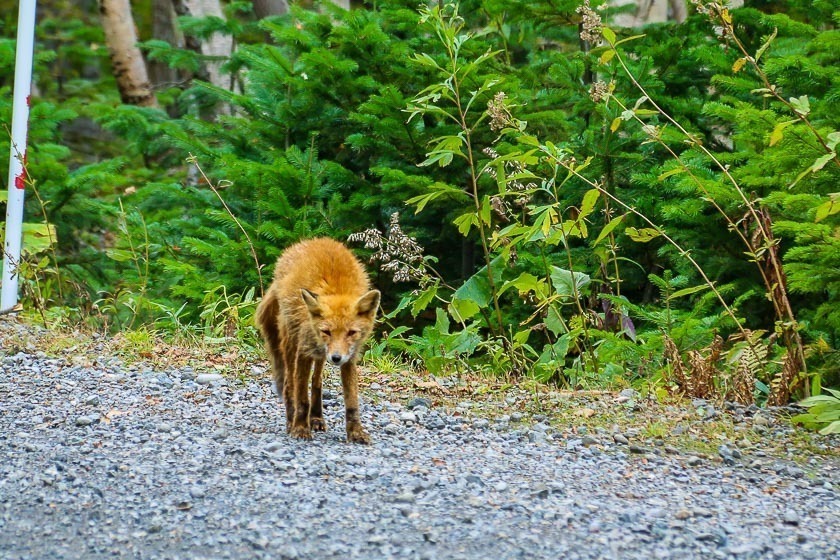
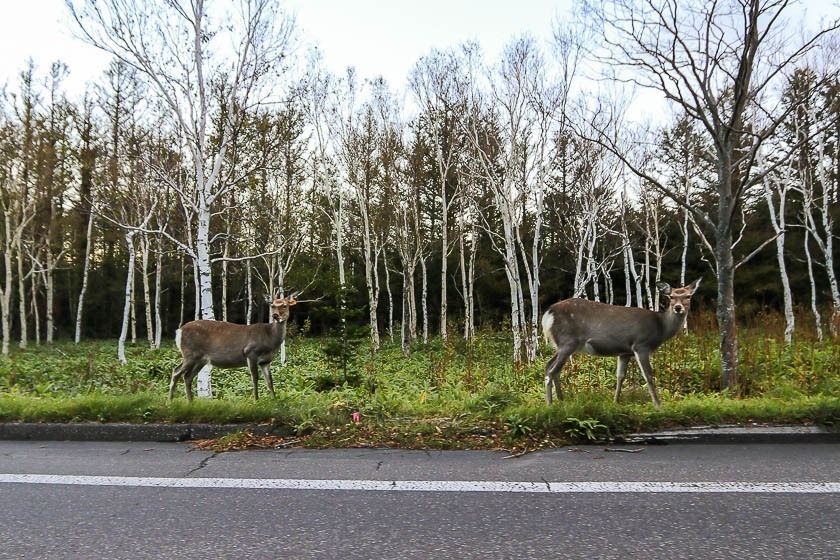
Tour bus operators take their customers on specific routes covering the eight main sightseeing spots (Shiretoko Hakkei), namely the Shiretoko Five Lakes, Kamuiwakkayu Falls, Furepe Waterfall, Oshinkoshin Falls, Shiretoko Pass, Cape Puyuni, Oronko Rock and Yuhidai (a sunset spot). However, the best way to experience Shiretoko up close is to also go on one of the many walking trails in the area and visitor centers provide information about the ones around them.
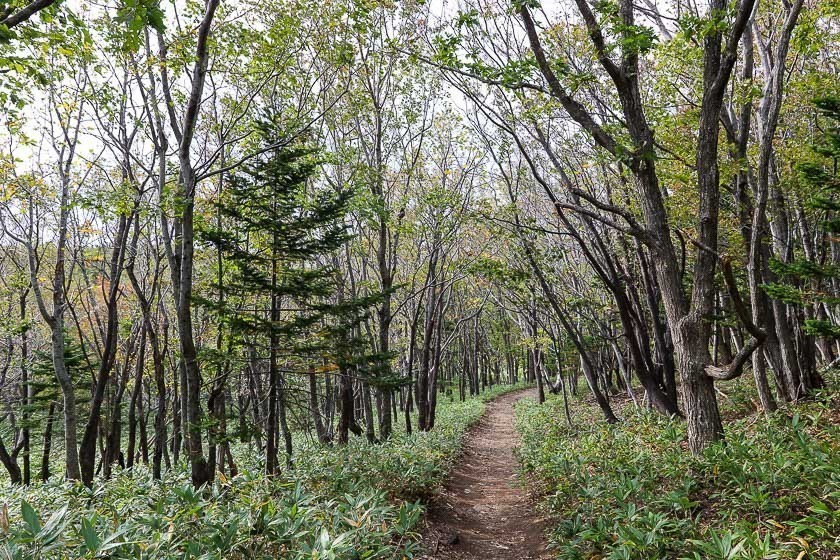
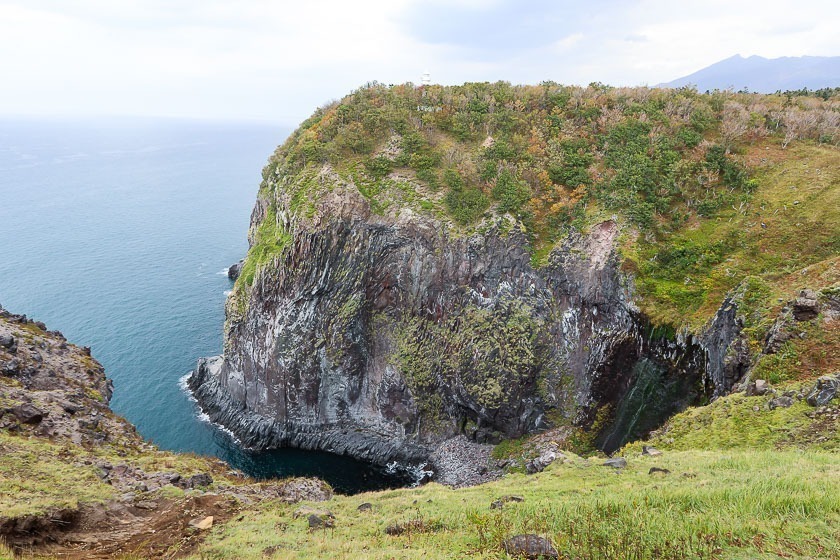
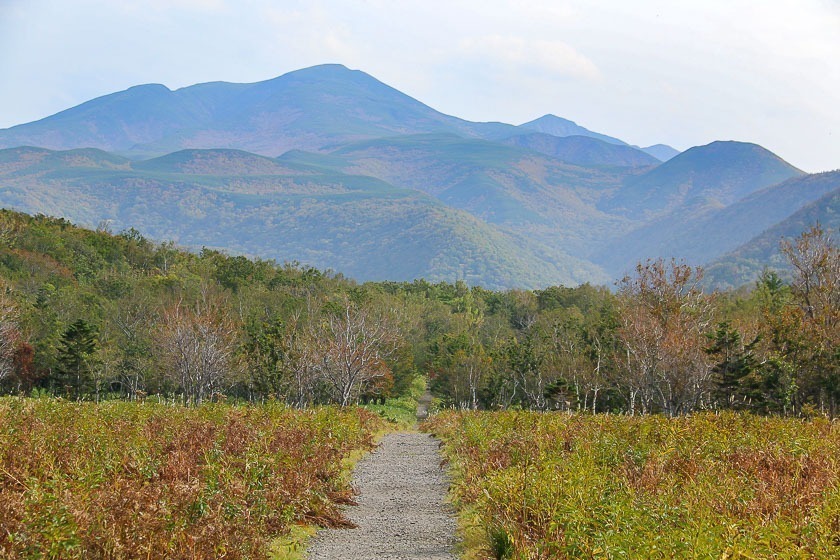
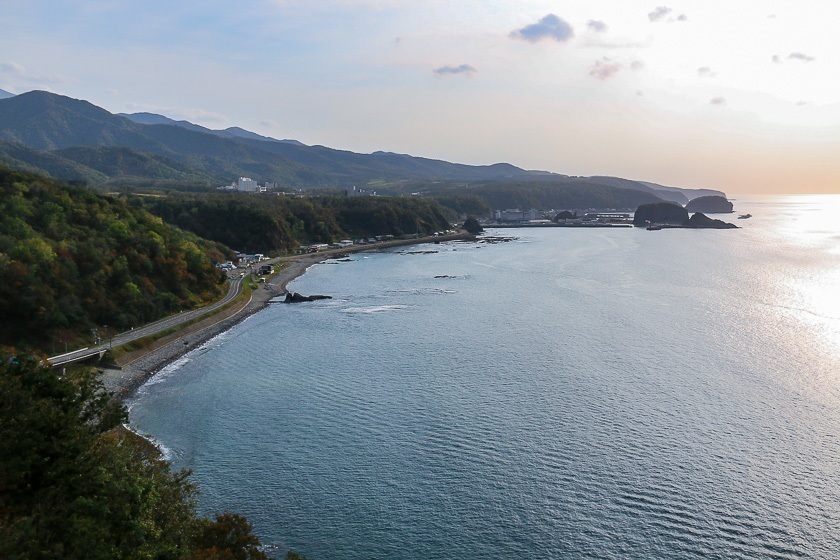
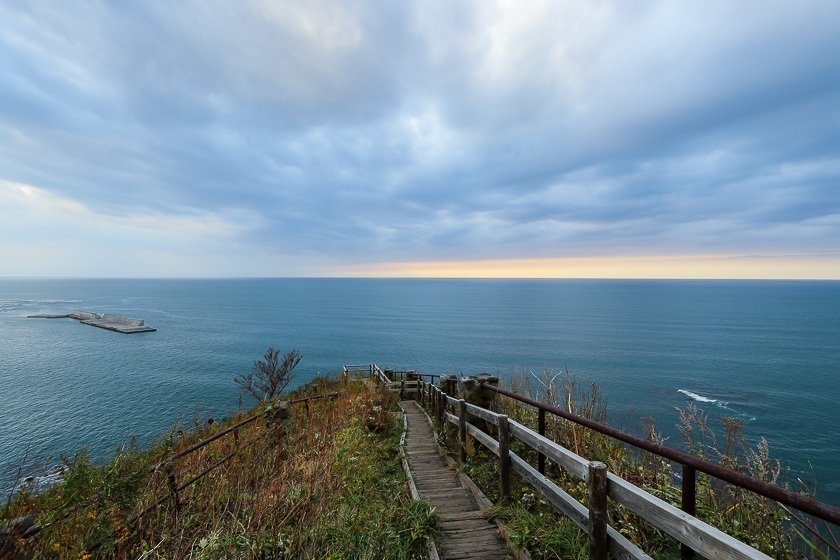
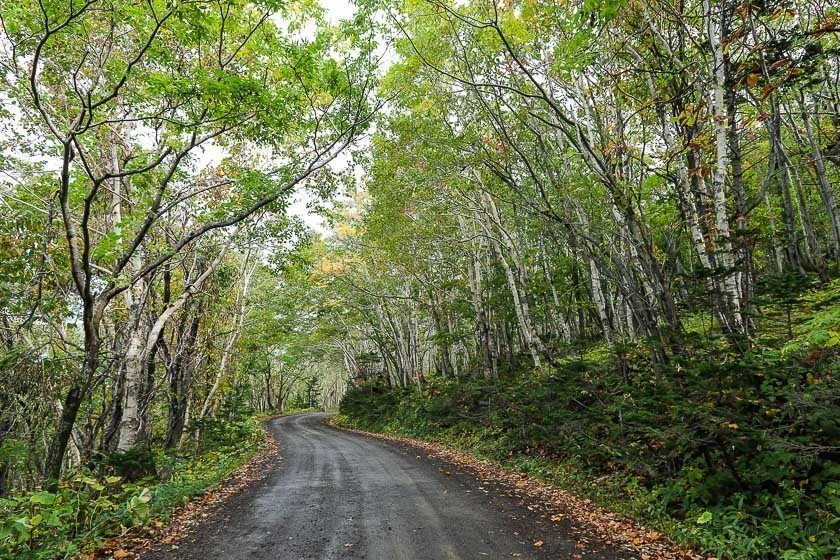
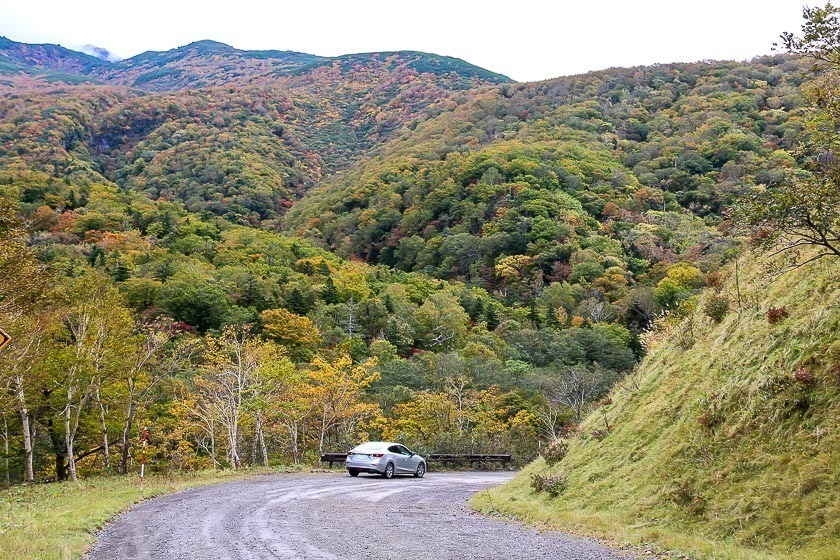

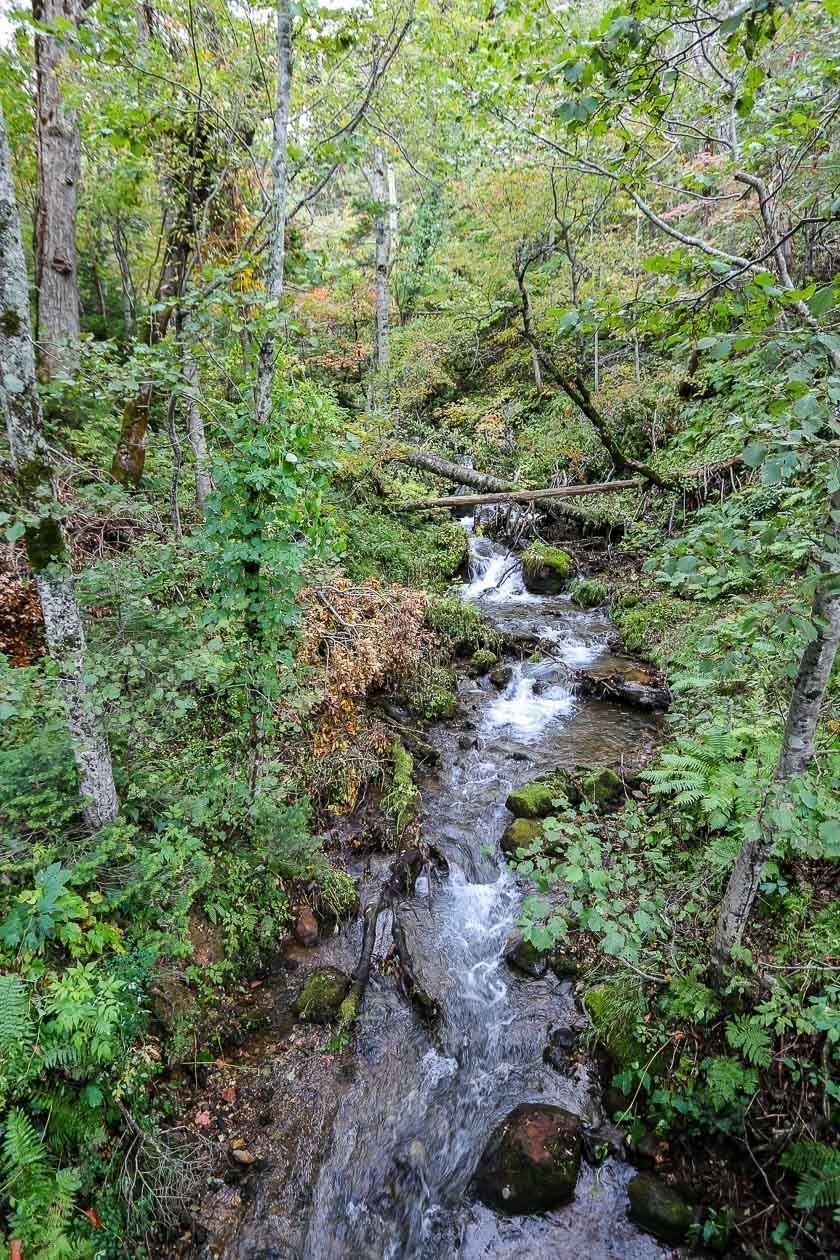
On this trip, I managed a few short walks to see some waterfalls, saw the sunrise from the Shiretoko Five Lakes visitor center, drove along side wildlife like extremely cute foxes and large deer and took in expansive views of nature. My visit coincided with the autumn colors and I was treated to some amazing colors along the Shiretoko Pass. It was definitely a trip not to forget and I left impressed with a deeper appreciation of humans co-existing with nature.
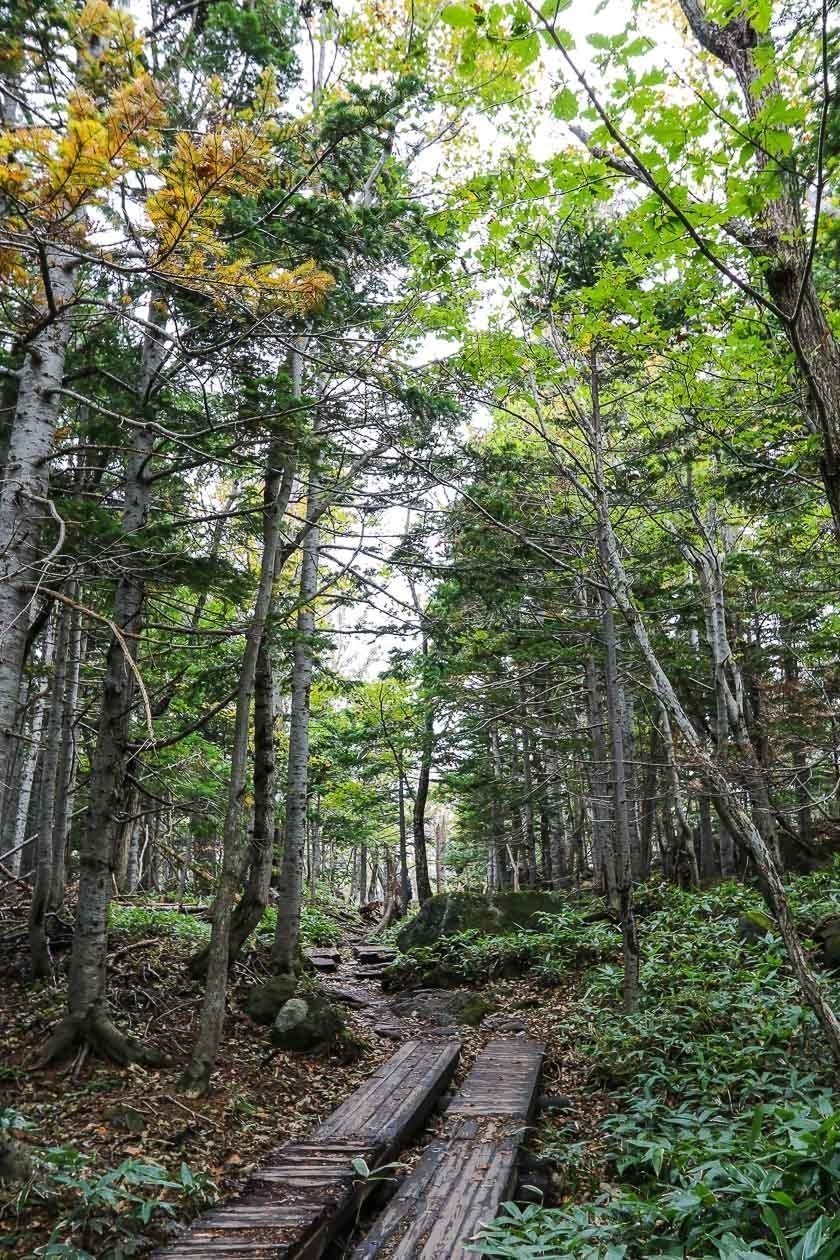
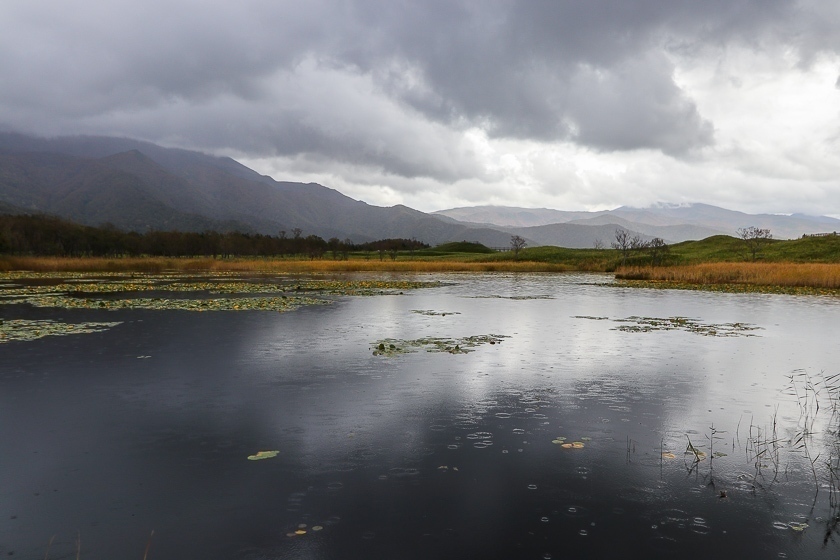
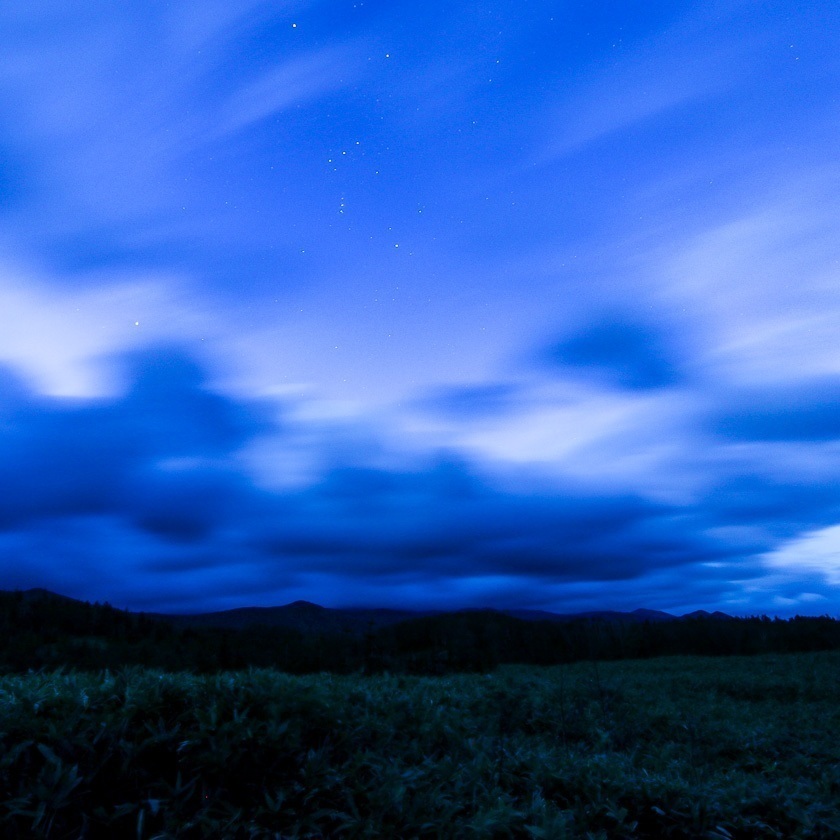


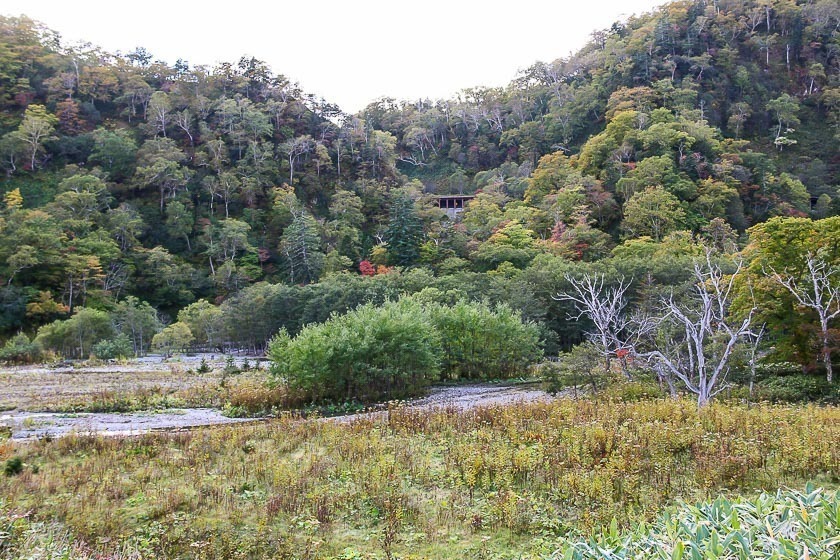
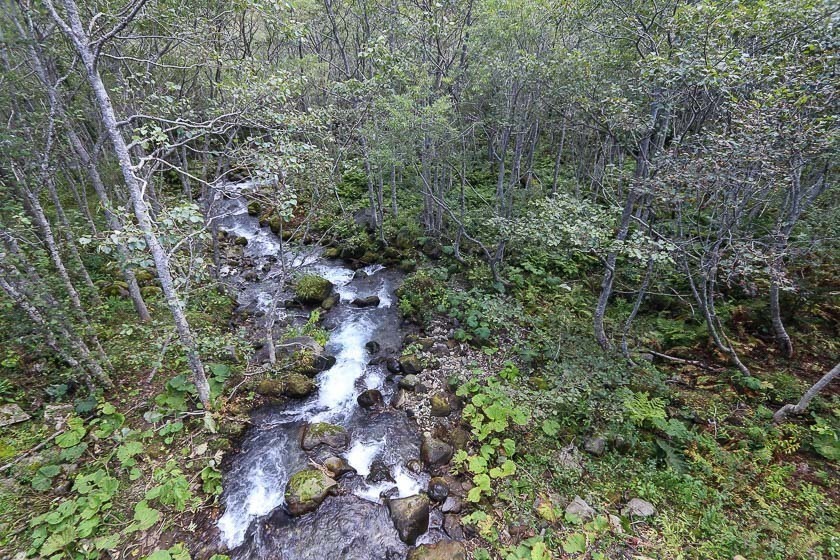
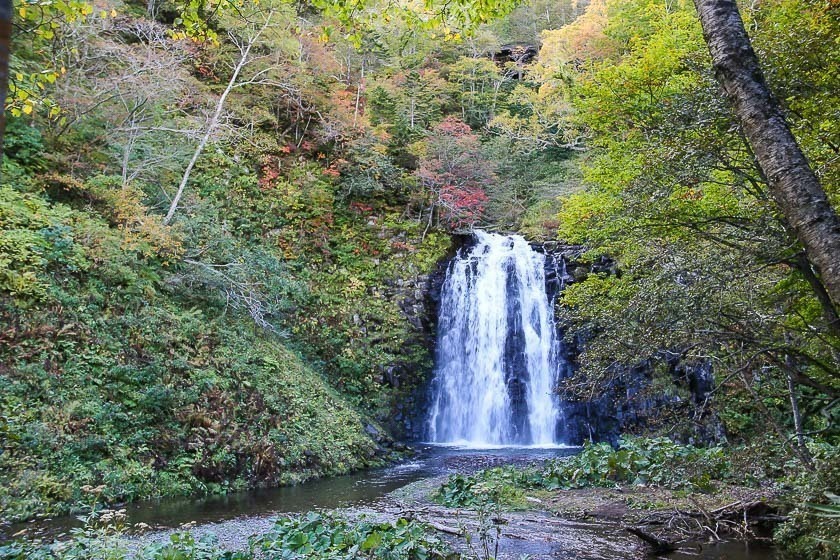

As the peninsula is at one of the extremes of Hokkaido, almost all of the land gets covered in snow by November and remains that way till around April. Activities like hiking (regular hiking or snow shoe hiking in winter) and some sightseeing boat cruises can be done all year round, so visitors do not miss out in the colder months. The mountain pass (Shiretoko Pass) connecting the two towns on the peninsula, Utoro and Rausu, is completely closed all winter (2017's closure started on November 3) and typically opens in late April the following year, resulting in a one hour detour to move between towns.
I was on the Shiretoko Peninsula in early October before the start of the cold season. Even then, I managed to experience snow (for a brief period) at the highest point on the mountain pass. I was quite excited to see my first snowfall of the season and made sure to stop safely at the parking area at the top before stepping out and standing in the freezing strong wind and snow. Even though it was still early October, the mountain pass got closed overnight.

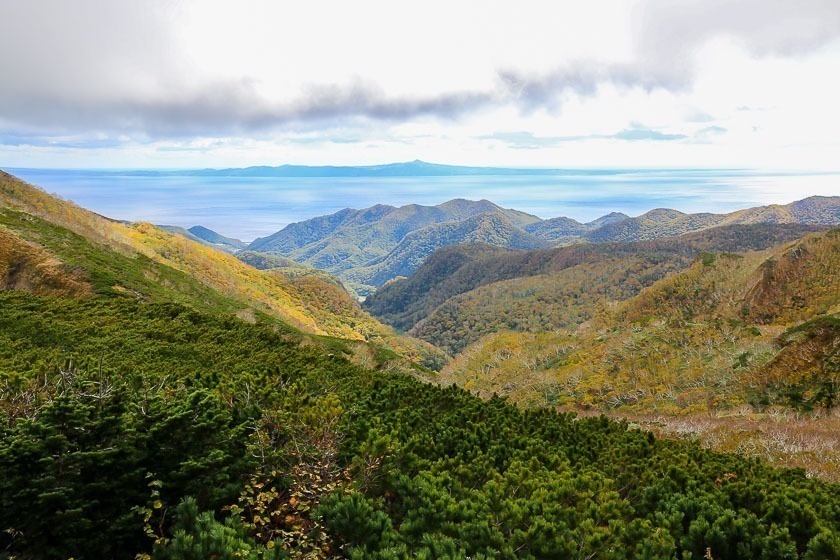
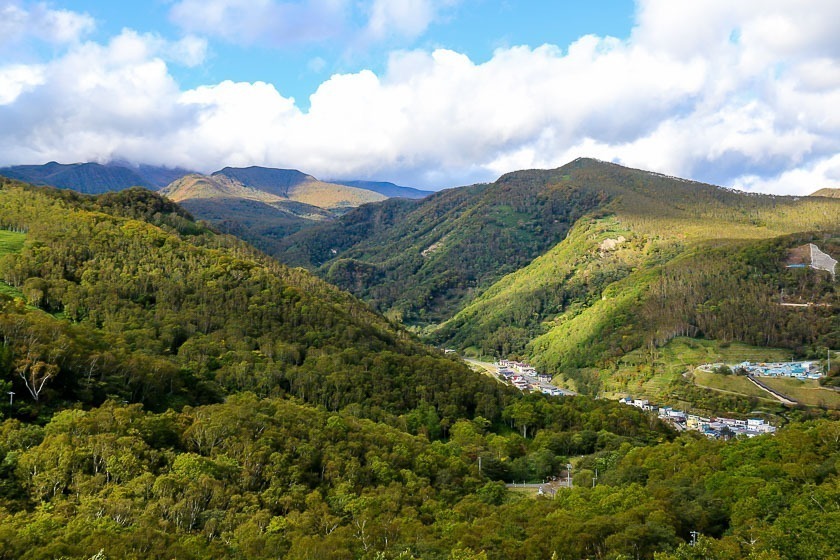
The warmer months after the snow has melted are the popular times to visit Shiretoko as visitors have a wider range of outdoor activities to choose from, and it is easier to move around without a tour. But as mentioned earlier, hiking and some sightseeing boat cruises are available all year round and in the case of cruises, better sightings and a larger variety of marine life, as well as drift ice can be seen in the winter.

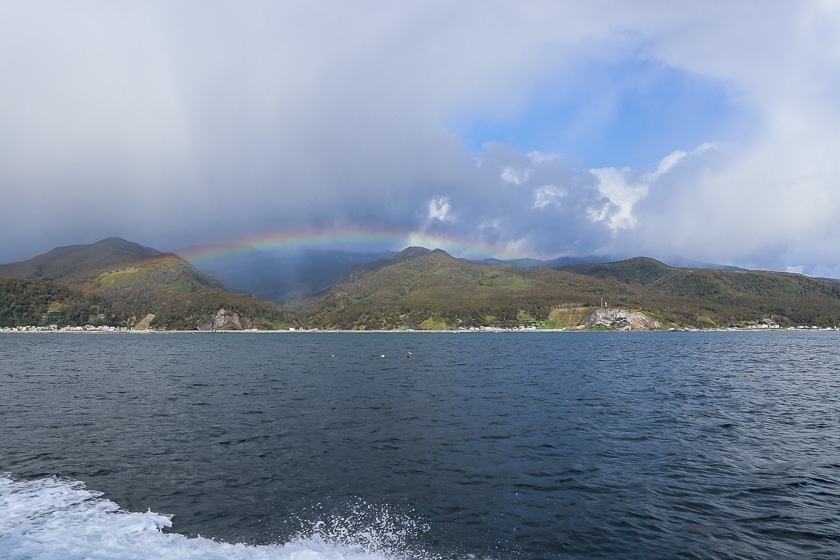
Accommodation can be found in the two towns of Utoro and Rausu and many (myself included) choose to stay in Utoro, the bigger and more conveniently accessed of the two. Hot springs can also be enjoyed at hotel and ryokan facilities in Utoro, a plus in the cold wintry months.
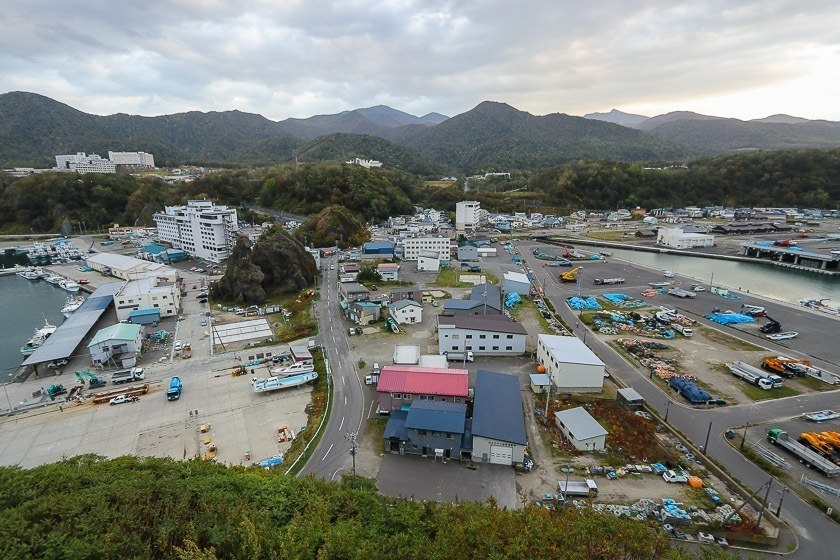
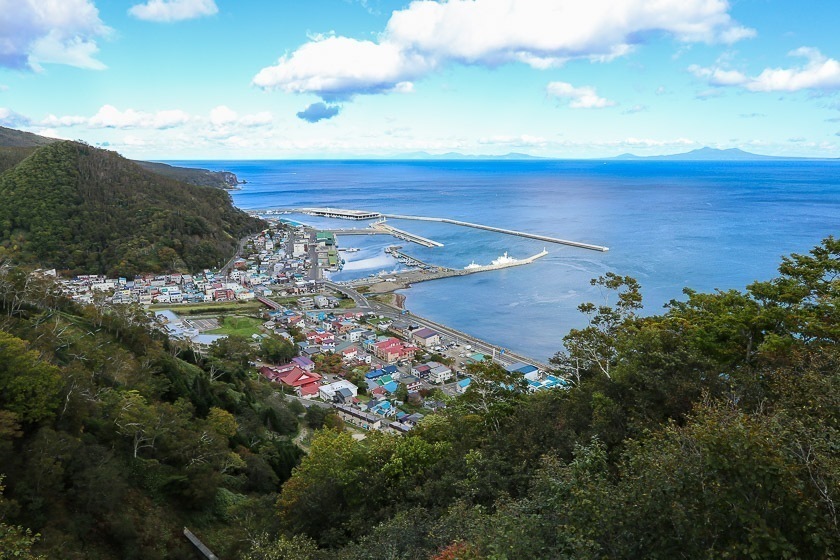
Get There
Fly in to Memambetsu Airport, the closest to Shiretoko Peninsula. From there, infrequent buses make the trip to Utoro on the western side of the Shiretoko Peninsula. Alternatively, the best way to access the peninsula is by rental car, and rental car outlets are available at the airport. Read more about getting to and around the Shiretoko Peninsula.






